Home>Home Appliances>Kitchen Appliances>What Is A Heat Exchanger Espresso Machine


Kitchen Appliances
What Is A Heat Exchanger Espresso Machine
Modified: August 16, 2024
Learn how a heat exchanger espresso machine works and why it's a valuable addition to your kitchen appliances. Find out more about this efficient coffee-making solution.
(Many of the links in this article redirect to a specific reviewed product. Your purchase of these products through affiliate links helps to generate commission for Storables.com, at no extra cost. Learn more)
Introduction
Welcome to the exciting world of espresso machines! If you're a coffee enthusiast, you're in for a treat as we delve into the fascinating realm of heat exchanger espresso machines. These marvels of engineering have revolutionized the art of brewing espresso, offering a unique blend of efficiency and performance that has captivated the hearts of baristas and coffee aficionados worldwide.
In this comprehensive guide, we'll unravel the mysteries surrounding heat exchanger espresso machines, shedding light on their inner workings, advantages, and considerations for choosing the perfect model to suit your brewing needs. Whether you're a budding home barista or a seasoned coffee connoisseur, understanding the intricacies of heat exchanger espresso machines will undoubtedly elevate your coffee-making experience to new heights.
So, grab your favorite mug, settle into a cozy spot, and prepare to embark on an enlightening journey through the captivating world of heat exchanger espresso machines. By the end of this guide, you'll have a deep understanding of these innovative appliances, empowering you to make informed decisions and savor the rich, aromatic delights they have to offer.
Let's dive in and uncover the magic behind heat exchanger espresso machines, unraveling the secrets that make them a beloved staple in the realm of coffee culture.
Key Takeaways:
- Heat exchanger espresso machines blend brewing and steaming, offering fast, consistent, and versatile coffee-making. They’re great for home baristas and pros, but may need careful temperature management.
- When choosing a heat exchanger espresso machine, consider capacity, thermal stability, steam wand performance, build quality, user-friendly features, and long-term value. It’s all about finding the perfect match for your coffee journey!
Read more: What Is Heat Exchanger In HVAC
Understanding Heat Exchanger Espresso Machines
Heat exchanger espresso machines represent a remarkable fusion of engineering ingenuity and coffee craftsmanship. These sophisticated appliances are designed to deliver exceptional espresso brewing capabilities, making them a popular choice for both commercial establishments and home coffee enthusiasts.
At the heart of a heat exchanger espresso machine lies a clever mechanism that enables simultaneous brewing and steaming, a feat that sets them apart from other espresso machine types. This unique functionality is made possible by the incorporation of a heat exchanger, a component that plays a pivotal role in elevating the machine’s performance and versatility.
One of the defining features of heat exchanger espresso machines is their ability to maintain a consistent brewing temperature while allowing for on-demand steaming. This seamless integration of brewing and steaming capabilities empowers users to craft a diverse array of espresso-based beverages with precision and efficiency.
Furthermore, heat exchanger espresso machines are revered for their ability to deliver rapid heat-up times, ensuring that you can swiftly transition from brewing to steaming without compromising on the quality of your espresso. This combination of speed and consistency makes heat exchanger espresso machines a preferred choice for those who value both efficiency and excellence in their coffee-making endeavors.
As we delve deeper into the realm of heat exchanger espresso machines, we’ll unravel the inner workings of these remarkable appliances, shedding light on the intricate processes that enable them to achieve such remarkable feats. By understanding the mechanics behind heat exchanger espresso machines, you’ll gain valuable insights into their capabilities and the unique advantages they offer to coffee enthusiasts.
Join us as we embark on an enlightening exploration of heat exchanger espresso machines, uncovering the secrets that make them a cherished asset in the world of coffee aficionados and professional baristas alike.
How Heat Exchangers Work
At the core of a heat exchanger espresso machine lies a pivotal component known as the heat exchanger, a sophisticated mechanism that enables the seamless transition between brewing and steaming functions. Understanding the inner workings of the heat exchanger is essential to grasp the remarkable capabilities of these espresso machines.
The heat exchanger operates on a simple yet ingenious principle: it utilizes a single boiler to heat water to the optimal brewing temperature while simultaneously diverting a portion of that water through a separate pathway to generate steam for frothing milk. This simultaneous process is made possible by the strategic design of the heat exchanger, which facilitates the separation of brewing and steaming functions within a unified system.
Within the heat exchanger, the incoming water intended for brewing is rapidly heated to the ideal temperature for extracting espresso. Simultaneously, a portion of the heated water is diverted through a separate channel, where it undergoes further heating to produce the high-pressure steam required for frothing milk. This ingenious arrangement allows for the independent control of brewing and steaming functions, empowering users to create a diverse range of espresso-based beverages with precision and efficiency.
One of the key advantages of the heat exchanger system is its ability to maintain a consistent brewing temperature while providing on-demand access to steam. This means that you can seamlessly transition from brewing espresso to frothing milk without the need to wait for the machine to reach the appropriate steaming temperature, ensuring a smooth and efficient coffee-making process.
Furthermore, the heat exchanger’s design minimizes temperature fluctuations during the brewing process, resulting in a more stable and reliable extraction of espresso. This precise control over brewing temperature contributes to the exceptional quality and flavor profile of the espresso produced by heat exchanger espresso machines.
By harnessing the capabilities of the heat exchanger, espresso enthusiasts can enjoy the convenience of a streamlined brewing and steaming experience without compromising on the quality and consistency of their favorite coffee creations. The ingenious functionality of the heat exchanger has firmly established it as a cornerstone of the modern espresso machine, delivering unparalleled performance and versatility to coffee aficionados and baristas alike.
Pros and Cons of Heat Exchanger Espresso Machines
As with any appliance, heat exchanger espresso machines come with a unique set of advantages and considerations that are essential to weigh when considering their suitability for your brewing needs. Let’s explore the distinctive pros and cons of these innovative espresso machines to provide a comprehensive understanding of their capabilities.
Pros:
- Simultaneous Brewing and Steaming: One of the most significant advantages of heat exchanger espresso machines is their ability to perform brewing and steaming functions simultaneously. This allows for seamless preparation of espresso and milk-based beverages, making them an ideal choice for those who value efficiency and convenience in their coffee-making process.
- Rapid Heat-Up Time: Heat exchanger espresso machines are renowned for their rapid heat-up times, enabling users to transition from brewing to steaming without prolonged waiting periods. This swift operation ensures that you can create a wide range of beverages without unnecessary delays, enhancing the overall coffee-making experience.
- Consistent Brewing Temperature: The design of heat exchanger machines facilitates consistent brewing temperature, minimizing fluctuations that can impact the quality of espresso extraction. This results in a more reliable and precise brewing process, allowing users to achieve exceptional flavor profiles in their espresso.
- Versatility: With the ability to brew and steam simultaneously, heat exchanger espresso machines offer a high level of versatility, empowering users to explore a diverse array of coffee creations. From rich espressos to velvety cappuccinos and lattes, these machines cater to a wide range of beverage preferences.
Read more: Swimming Pool Heat Exchanger: How It Works
Cons:
- Temperature Stability: While heat exchanger machines excel in maintaining consistent brewing temperature, some models may experience temperature instability during extended periods of use. This can pose challenges in environments where continuous brewing is required, necessitating careful consideration of the machine's thermal performance.
- Learning Curve: Mastering the art of using a heat exchanger espresso machine may require a learning curve, especially for individuals new to espresso preparation. Achieving the perfect balance between brewing and steaming demands familiarity with the machine's operation and the nuances of espresso extraction.
- Initial Cost: Heat exchanger espresso machines often represent a significant investment, particularly for high-quality commercial-grade models. While they offer impressive capabilities, the initial cost may be a consideration for those seeking an espresso machine within a specific budget range.
By weighing the pros and cons of heat exchanger espresso machines, you can make an informed decision regarding their suitability for your coffee-making endeavors. Understanding these facets will enable you to harness the remarkable benefits of heat exchanger machines while navigating any potential considerations effectively.
Choosing the Right Heat Exchanger Espresso Machine
When embarking on the journey to select the perfect heat exchanger espresso machine, several key factors warrant careful consideration to ensure that your chosen appliance aligns with your brewing preferences and operational requirements. By navigating these essential considerations, you can confidently identify the ideal heat exchanger espresso machine that will elevate your coffee-making experience to new heights.
Capacity and Usage:
Assessing the intended capacity and usage patterns is crucial when selecting a heat exchanger espresso machine. For commercial settings or high-demand environments, a machine with a larger boiler capacity and robust construction may be necessary to accommodate continuous brewing and steaming. Conversely, for home use or low to moderate demand, a compact yet efficient model may suffice, offering the desired performance without unnecessary bulk.
Thermal Stability:
Thermal stability is a critical consideration, especially for those seeking consistent and precise brewing performance. Evaluating the machine’s ability to maintain stable brewing temperatures, particularly during prolonged use, is essential to ensure the quality and reliability of espresso extractions. Look for models equipped with advanced temperature control mechanisms to uphold thermal stability throughout the brewing process.
Read more: What Is An Espresso Machine
Steam Wand Performance:
The steam wand plays a pivotal role in producing velvety microfoam for milk-based beverages. When selecting a heat exchanger espresso machine, assess the steam wand’s performance capabilities, including its steam pressure, maneuverability, and ease of use. A high-quality steam wand contributes to the creation of luscious milk textures, enhancing the overall beverage crafting experience.
Build Quality and Durability:
Investing in a heat exchanger espresso machine with robust build quality and durable components ensures longevity and reliable performance. Consider models constructed from premium materials, featuring sturdy boilers, corrosion-resistant fittings, and well-engineered internal components. A durable machine not only delivers consistent results but also minimizes the need for frequent maintenance and repairs.
User-Friendly Features:
An intuitive and user-friendly interface enhances the overall usability of a heat exchanger espresso machine. Look for features such as programmable volumetric dosing, PID temperature control, and ergonomic controls that streamline the brewing process and provide a tailored user experience. Additionally, accessibility for routine maintenance and cleaning contributes to the long-term enjoyment and convenience of the machine.
Budget and Value:
While considering the initial investment, it’s essential to weigh the long-term value offered by the chosen heat exchanger espresso machine. Assess the machine’s capabilities, performance, and durability in relation to its cost, ensuring that it aligns with your budget while delivering the desired features and brewing proficiency. A well-balanced investment in a high-quality machine can yield lasting satisfaction and exceptional coffee outcomes.
By carefully evaluating these key considerations, you can navigate the process of choosing the right heat exchanger espresso machine with confidence and precision. Whether for personal enjoyment or professional endeavors, selecting an appliance that harmonizes with your brewing aspirations will undoubtedly enrich your coffee-making journey.
Read more: What Are The Parts Of An Espresso Machine
Conclusion
As we draw the curtains on our exploration of heat exchanger espresso machines, we’ve uncovered the captivating blend of innovation and functionality that defines these remarkable appliances. From their ability to seamlessly integrate brewing and steaming to the precision and versatility they offer, heat exchanger espresso machines have carved a prominent place in the hearts of coffee enthusiasts and professionals alike.
Our journey has unveiled the inner workings of heat exchanger machines, shedding light on the ingenious mechanisms that enable them to maintain consistent brewing temperatures while delivering on-demand steam for crafting exquisite milk-based beverages. The balance of speed, efficiency, and quality exemplifies the remarkable capabilities of heat exchanger espresso machines, elevating the art of espresso preparation to new heights.
By weighing the distinctive pros and cons of heat exchanger espresso machines, we’ve gained valuable insights into the considerations that accompany their utilization. From the advantages of simultaneous brewing and steaming to the potential considerations of thermal stability and initial investment, understanding these facets empowers us to make informed decisions when selecting the ideal machine for our brewing needs.
As we navigate the process of choosing the right heat exchanger espresso machine, we’ve explored essential factors such as capacity, thermal stability, steam wand performance, build quality, user-friendly features, and long-term value. These considerations serve as guiding beacons, illuminating the path toward acquiring a machine that harmonizes with our brewing preferences and operational requirements.
With a deep understanding of heat exchanger espresso machines and the considerations surrounding their selection, we stand poised to embark on a rich and fulfilling coffee-making journey. Whether in the comfort of our homes or within bustling coffee establishments, the allure of crafting exceptional espresso and milk-based beverages with precision and flair awaits us, courtesy of the remarkable capabilities of heat exchanger espresso machines.
As we bid adieu to this enlightening guide, armed with newfound knowledge and insights, let’s raise our cups to the captivating world of heat exchanger espresso machines—a world where innovation and the art of coffee converge to delight and inspire. Here’s to the rich aromas, velvety textures, and exquisite flavors that await us, courtesy of these extraordinary marvels of coffee craftsmanship.
Frequently Asked Questions about What Is A Heat Exchanger Espresso Machine
Was this page helpful?
At Storables.com, we guarantee accurate and reliable information. Our content, validated by Expert Board Contributors, is crafted following stringent Editorial Policies. We're committed to providing you with well-researched, expert-backed insights for all your informational needs.
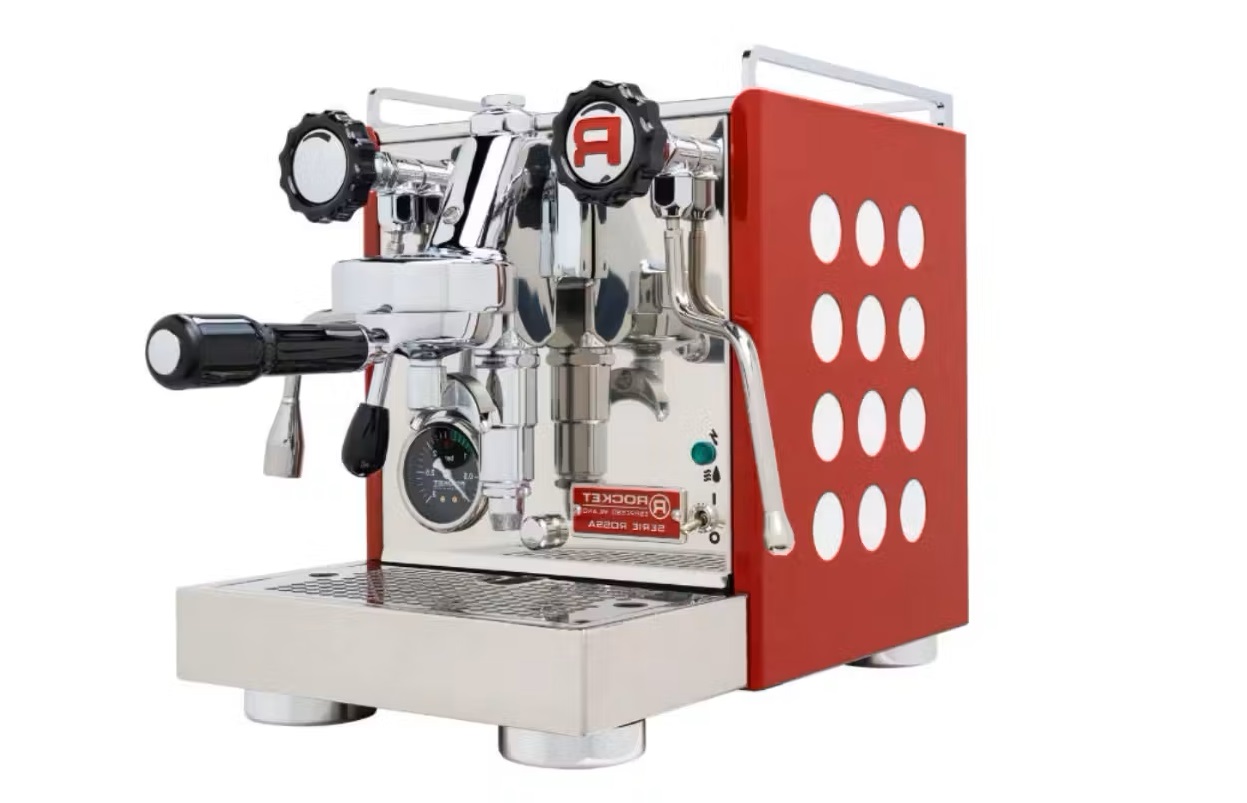
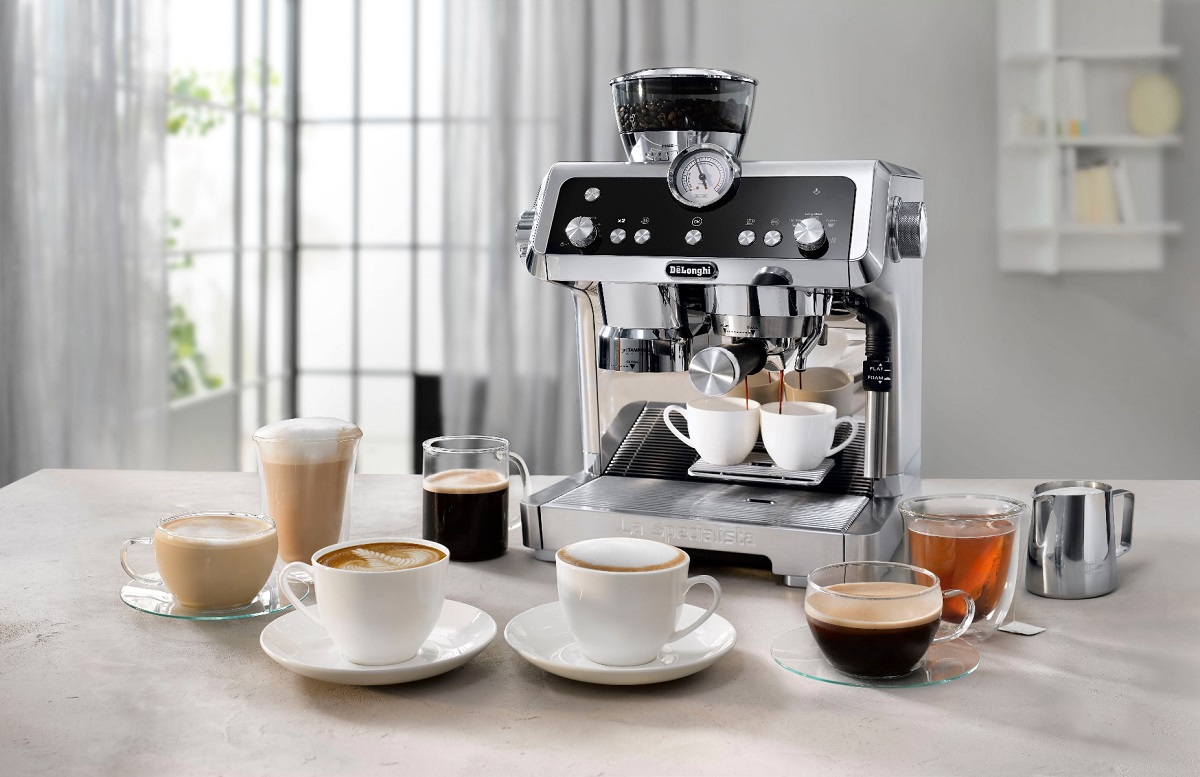

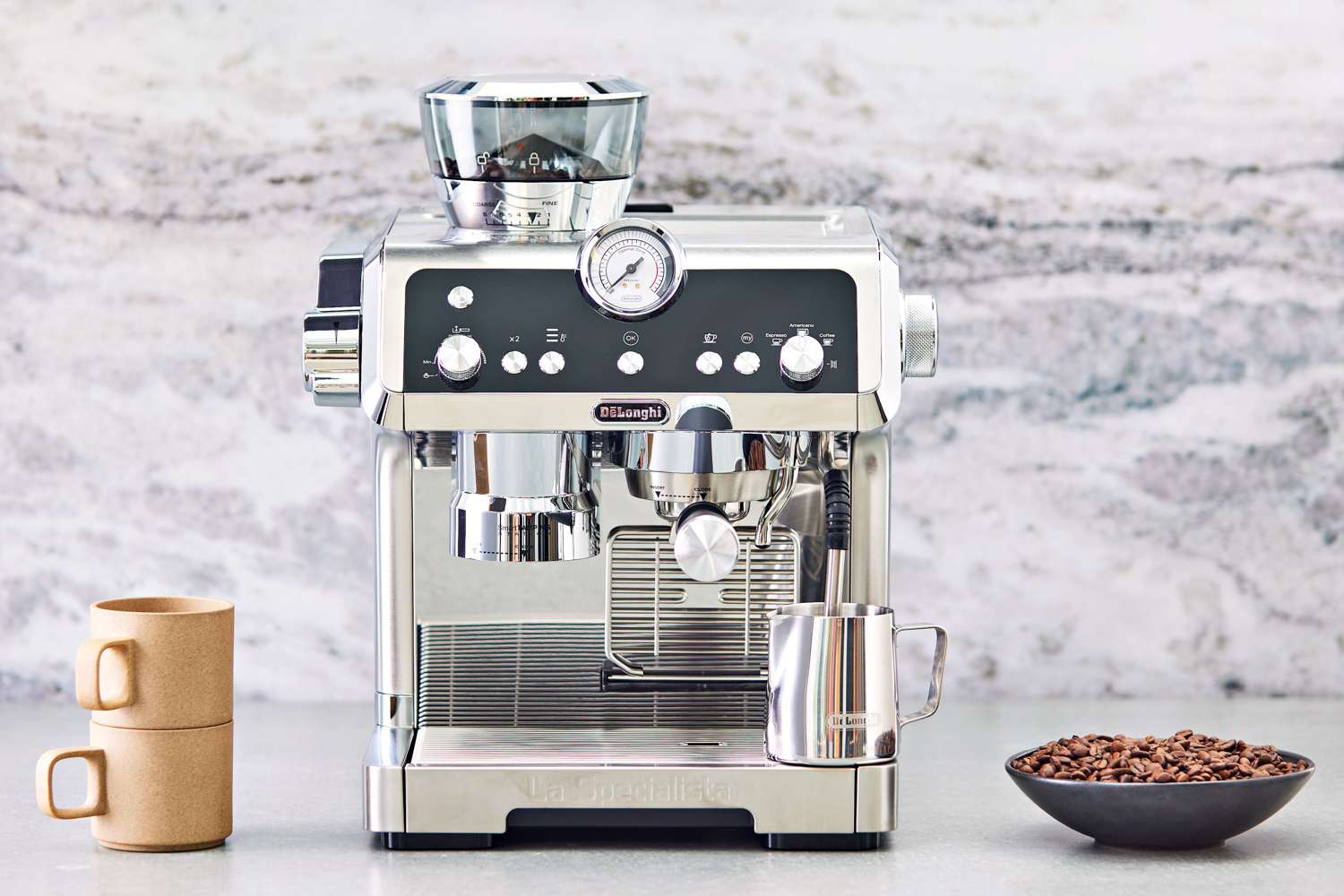

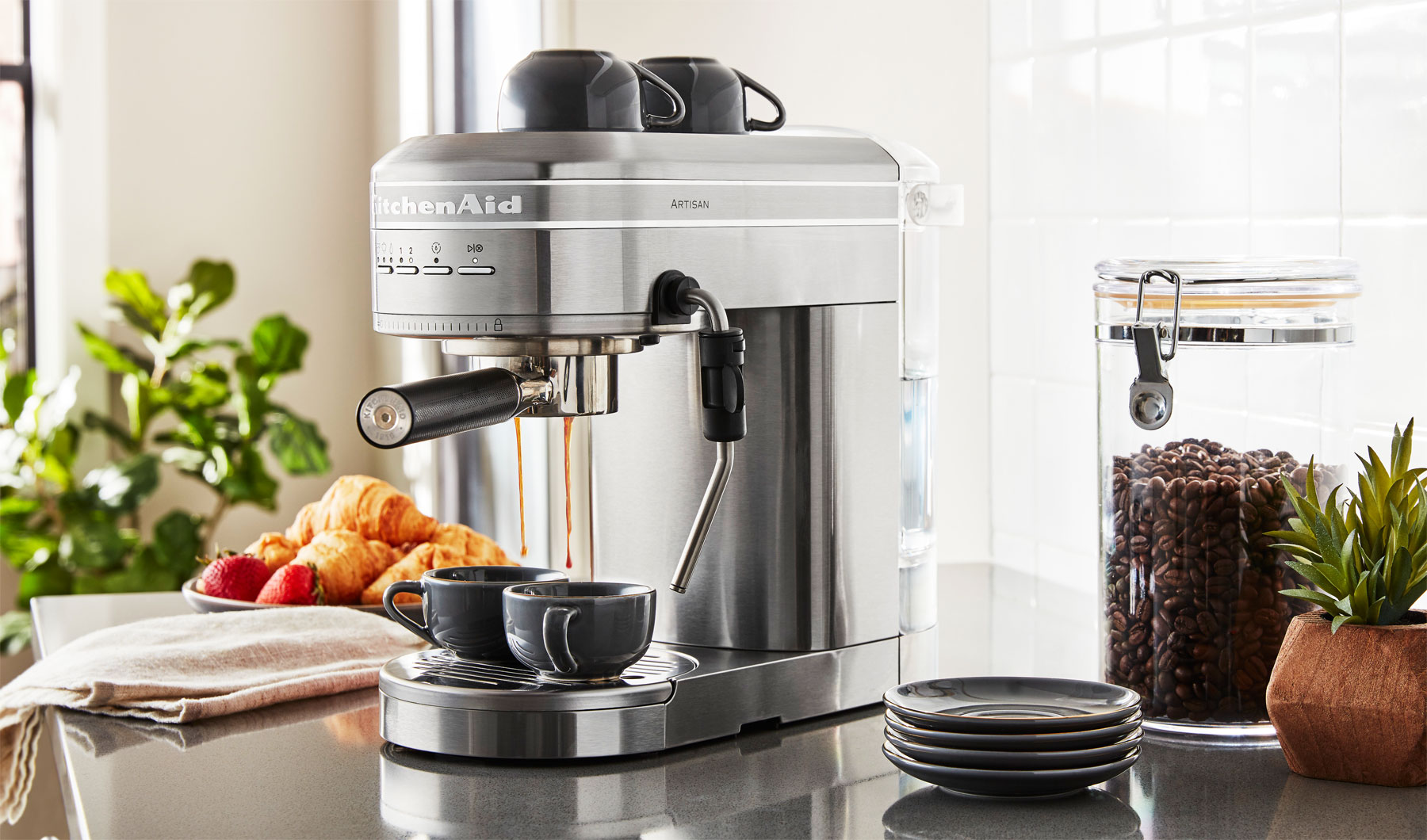
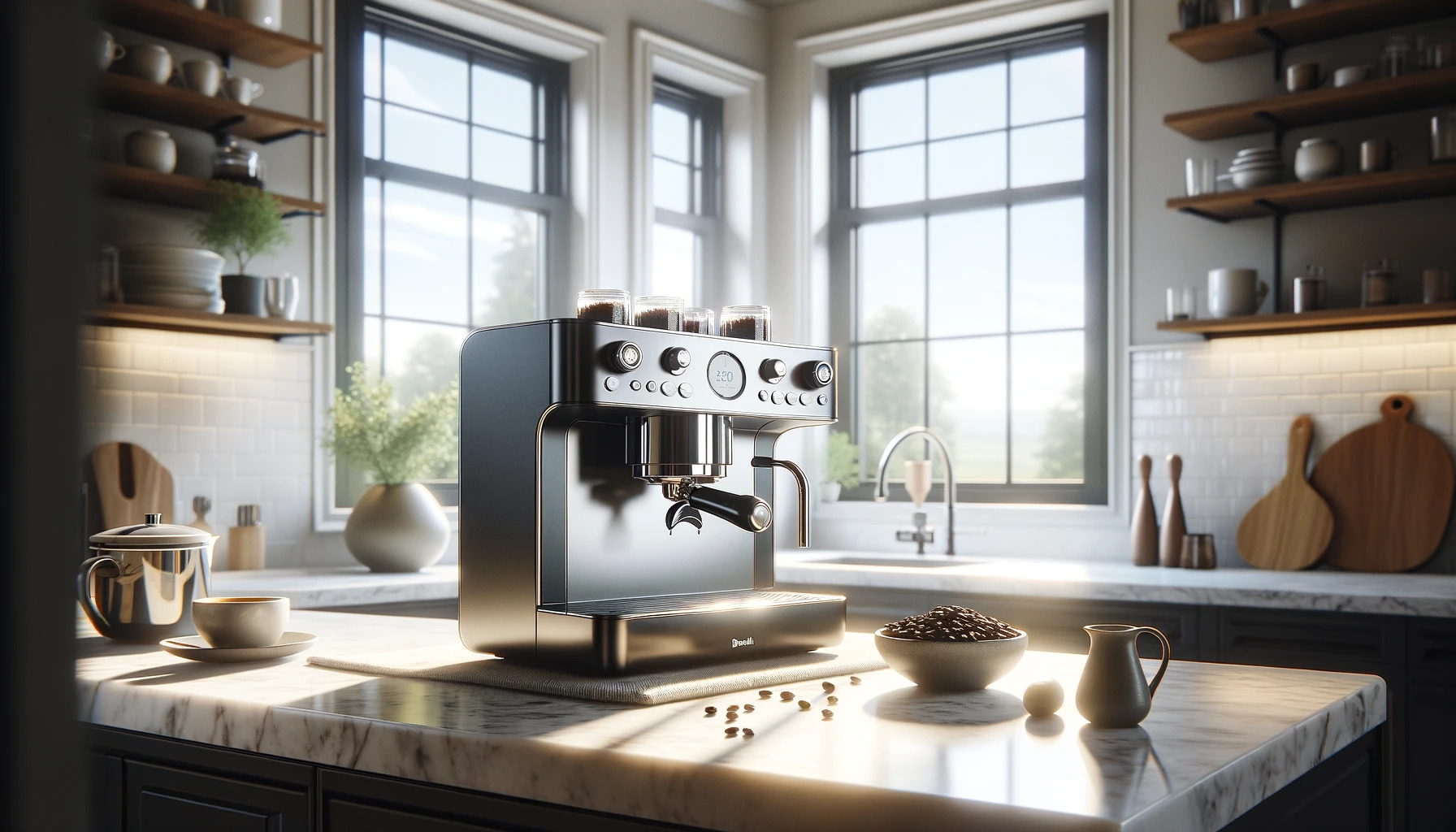
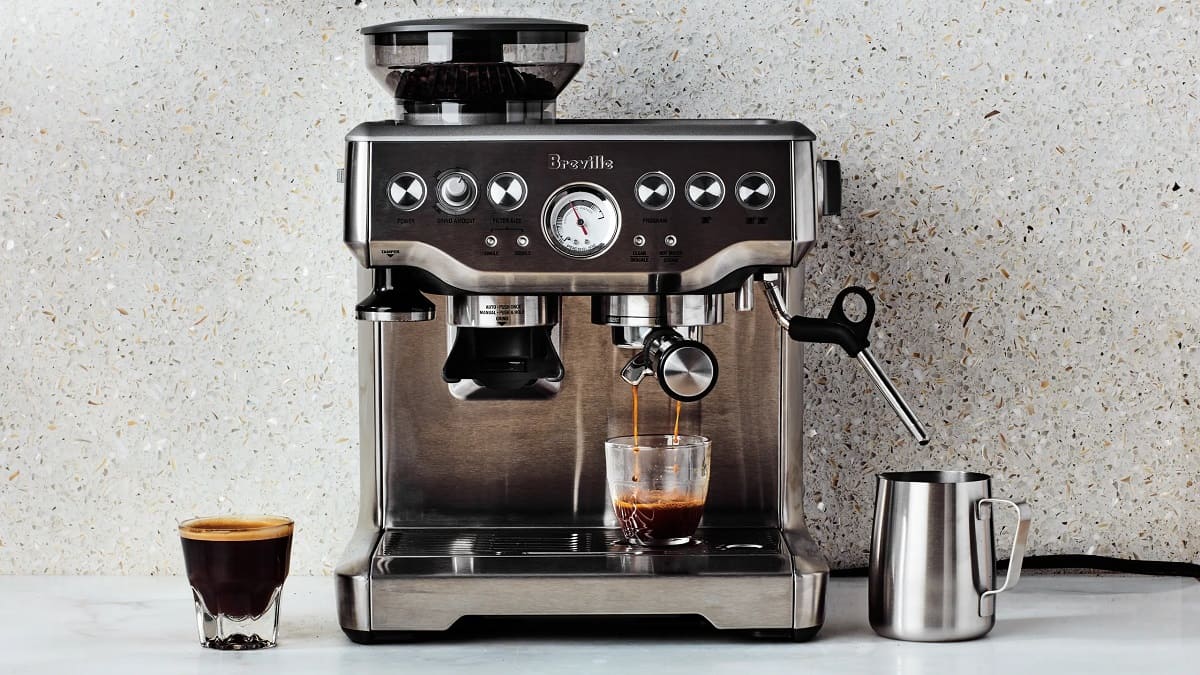
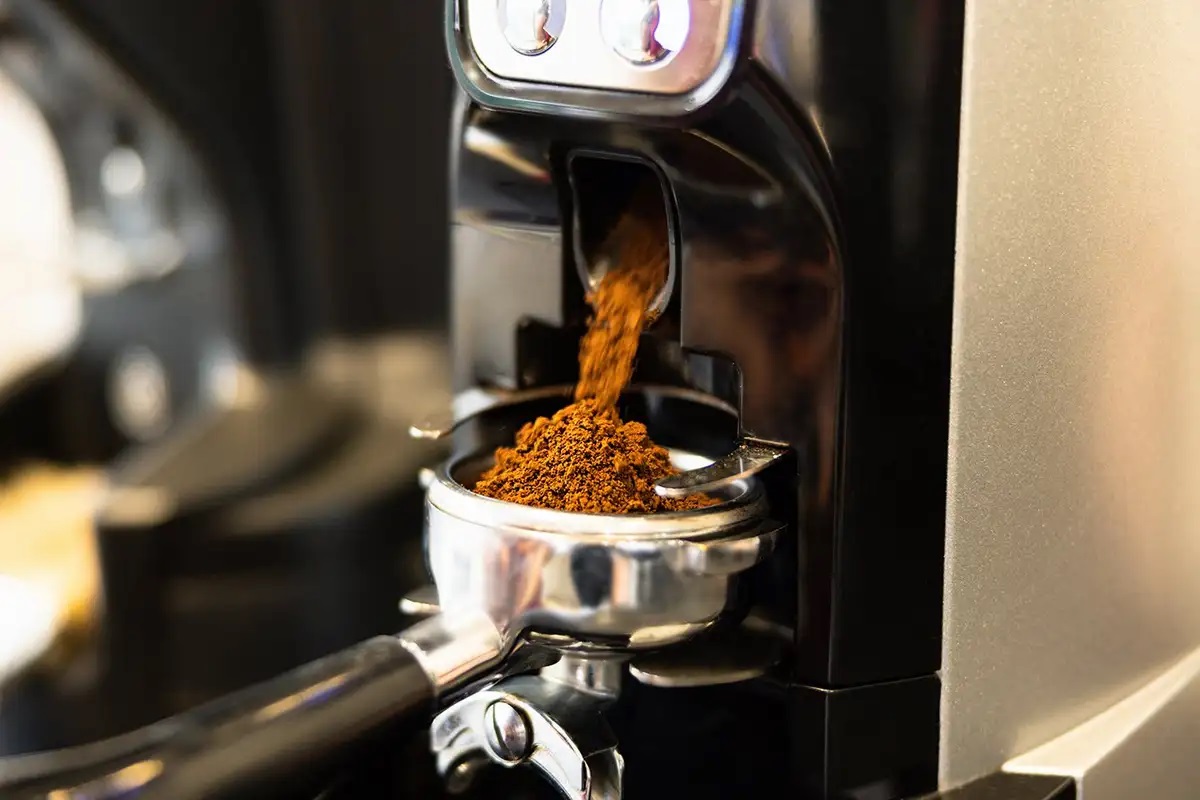


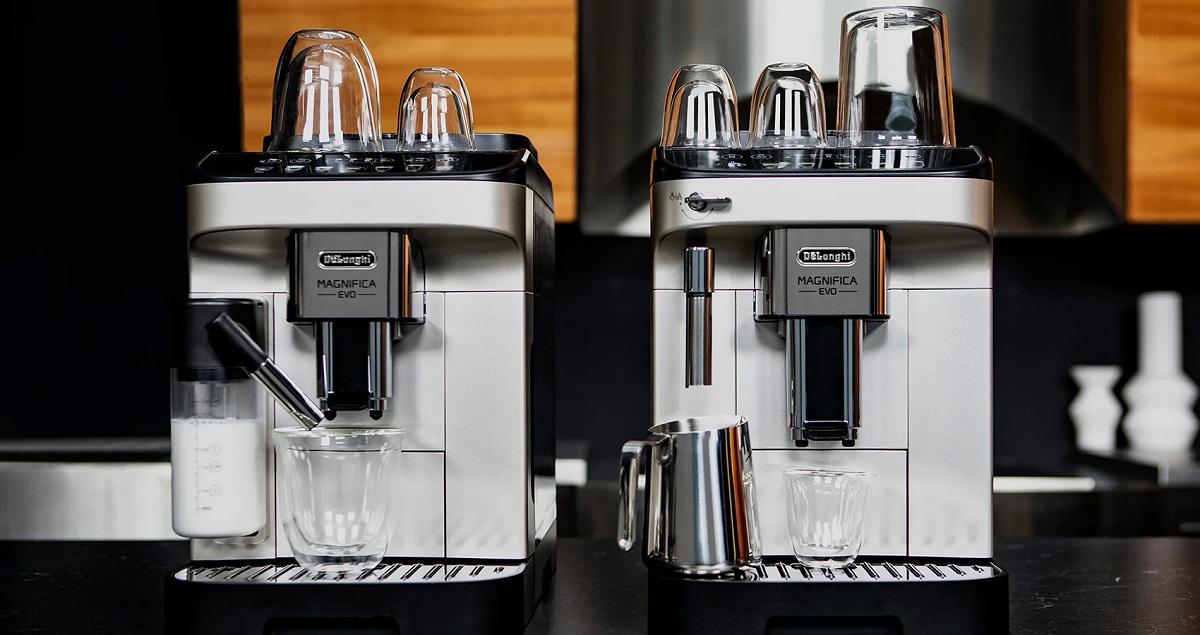

0 thoughts on “What Is A Heat Exchanger Espresso Machine”